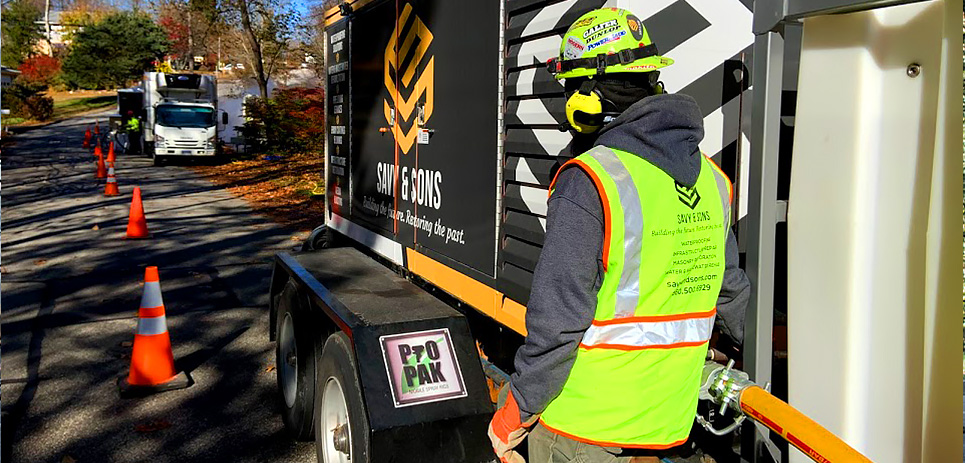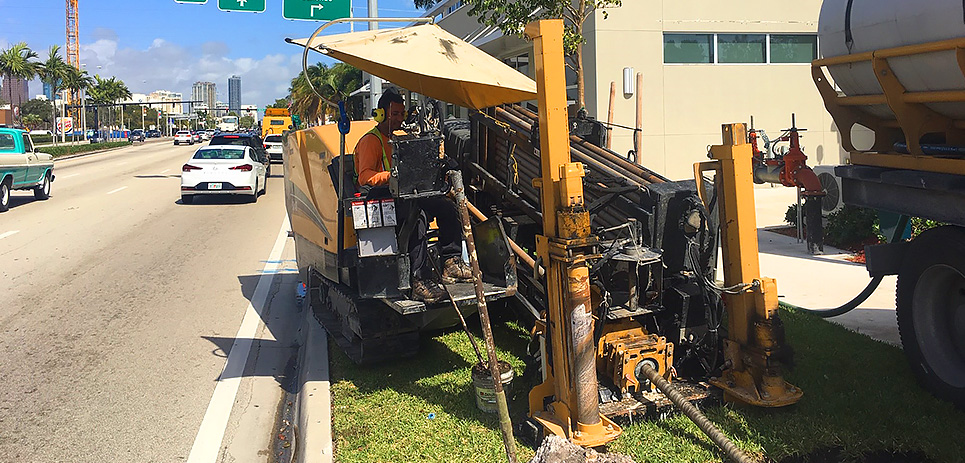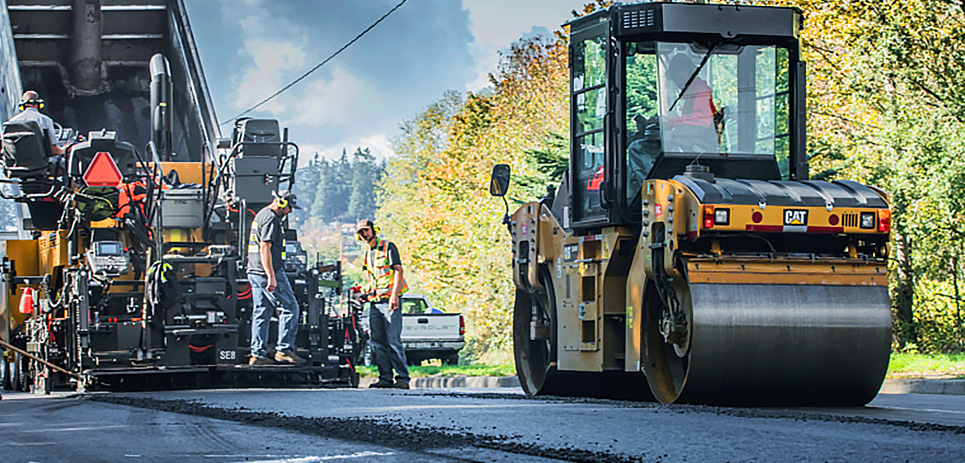Insight
Published and updated
The New Norm for Public Works: Shifting Routines and Social Distancing

Public works employees are among our unsung heroes during this COVID-19 global crisis. Let’s give a nod to the workers in orange vests who manage our electrical, water/sewer, roads and other services that are critical to maintaining our quality of life. With social distancing requirements, it’s anything but business as usual for these crews as they adjust to this pandemic just like the rest of us. These departments are pivoting and coming up with new plans to get the work done by leveraging a positive consequence of the stay-at-home directive: less traffic.
Turns out there are a lot of roadway-related jobs where cars get in the way: pothole filling, accessing water/sewer manholes and traffic signal maintenance. These are just a few of the jobs that require a little more effort and attention to worker safety. The goal of keeping motor vehicles separate from work crews just got a bit easier.
Common practices include arranging night shifts and other non-peak times to lessen the impact on our commutes. Setting up work zones with orange cones and flaggers is another common approach. Right now, fewer cars equal less disruption — for drivers and for workers.

Complying with social distancing and keeping everyone healthy
Any work activity taking place this day and age, of course, happens in accordance with local guidelines and adherence to CDC’s social distancing and other directives. Here’s some of the adjustments we’re hearing about:
- Staggering individual start times so everyone’s not showing up to the shop at the same time.
- Dispatching crews in separate vehicles; often times coming directly from their own doorstep and meeting at the job site.
- Ongoing regimens of disinfecting common areas like tool cages and equipment sheds.
- Handwashing stations (the ones near the portable restrooms at outdoor events) located near the entrance to buildings and garages.

Leveraging the right communication tools keeps things moving
When the work requires partnering up and coordinating together, teams are finding that the use of communication headsets to enable normal conversations helps minimize safety concerns. Even when environmental noise is high, you can easily converse by simply speaking as you would in a normal conversation. No need to yell or get someone’s attention by getting too close. Also, if you’re pulling personnel from other departments to backfill a position or two, headsets allow for quick questions and feedback between a veteran and someone who’s not as familiar with the work.
Creative planning and a solid effort to comply with CDC guidelines and safety regulations is allowing public works teams to stay on track and stay safe on the job.